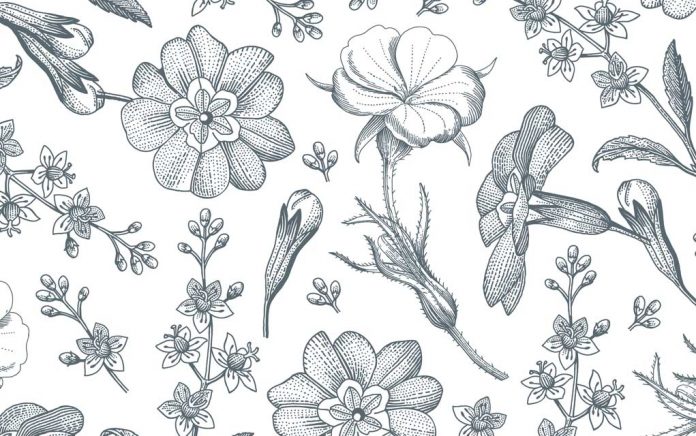
Last night as I was relaxing, unwinding from the day and looking for something entertaining on the television, an ad for a feminine product caught my attention. The commercial ended with a pleasant and cheerful voice saying something like “Have a nice period.”
Are you kidding me?! Don't get me wrong-I have always embraced being a woman. But once a month I sometimes feel that equality of the sexes is impossible due to physiology.
Premenstrual symptoms
Just like 70-90% of women, a few days before my period I experience those uncomfortable indicators that “Aunt Flow” will soon be visiting: weight gain, mood swings, bloating, headache, acne, tender breasts, backache, irritability, less energy, and food cravings.
I shouldn’t complain; for some women these symptoms are so severe that their quality of life and ability to function socially is affected. These women (3-7%) suffer from severe premenstrual syndrome (PMS).[1] Most of these women also qualify as having premenstrual dysphoric disorder (PMDD), a severe form of PMS that debilitates social or occupational life due to either physical, mental, or emotional symptoms.
What causes PMS?
The sad part is that nobody really knows what causes PMS.
Most doctors speculate that it is due mainly to hormonal and chemical changes happening during the luteal phase of a women's cycle (starting the day after ovulation until your period). Some of these changes include increased estrogen levels, decreased progesterone levels, elevated prolactin (protein hormone), and increased aldosterone (adrenal gland dysfunction).
However, doctors also think that a combination of nutritional, physiological, and genetic variations may explain why some women experience severe PMS or PMDD.
What can you do to ease your premenstrual symptoms?
Some doctors prescribe conventional treatments to alleviate major PMS symptoms: birth control pills for a hormone imbalance, diuretic pills to treat fluid retention, Prozac for depression, and tranquilizers. Before resorting to these measures, try making a few small changes to your daily diet and lifestyle.
- Decrease your intake of caffeine, alcohol, refined sugar, saturated fat, and sodium during the luteal phase of your cycle. This should help reduce your anxiety, insomnia, food cravings, pain, and bloating to more tolerable levels.
- A healthy diet rich in complex carbohydrates may also help.
- Supplementing with calcium, magnesium, and vitamins (A, E, and B6) will provide your body with nutrients that are linked to PMS relief.
- Even though you don't feel like it, exercising makes it easier to handle the changes that go along with your menstrual cycle. Exercise boosts your endorphin levels, which help manage stress and mood.
Herbal remedies
Some women have found herbal remedies helpful when they experience the symptoms of PMS.
- Black Cohosh (Actaea racemosa): contains isoflavones, constituents that are able to alleviate PMS symptoms by balancing the luteinizing hormone levels, which can stabilize estrogen's effect on your body. Black cohosh can also be used as a mild anti-inflammatory to alleviate pain and swelling.
- Chasteberry (Vitex agnus-castus): contains flavonoids, iridoid glycosides, and terpenoids, which can balance the level of prolactin in your body by acting upon the pituitary gland. Women often notice a decrease in breast tenderness after taking chasteberry.
- Evening primrose oil (Oenothera biennis): contains gamma linolenic acid (GLA), an essential fatty acid that naturally decreases prior to menstruation. GLA is metabolized by your body to form prostaglandins. This oil can correct the fatty acid deficiency. It also possesses anti-inflammatory, immune-boosting, and hormone-balancing properties to ease pain, swelling, and PMS symptoms.
- Dong quai (Angelica polymorpha): a popular Chinese herb that regulates hormones and is used as a female tonic. This herb helps relieve menstrual cramps and prevents other troublesome symptoms of PMS.
Regardless of how severe your PMS is, try regulating it using the natural route to reduce its symptoms and effects. Most women find some degree of relief, which allows them to live their lives-even during “that time.” The best part is that by using these herbs and making diet and lifestyle changes, you get additional health benefits without harmful side effects.
References
1Dell, D.L. “Premenstrual syndrome, premenstrual dysphoric disorder, and premenstrual exacerbation of another disorder” (2004). Clin Obstet Gynecol 47(3):568-575.










